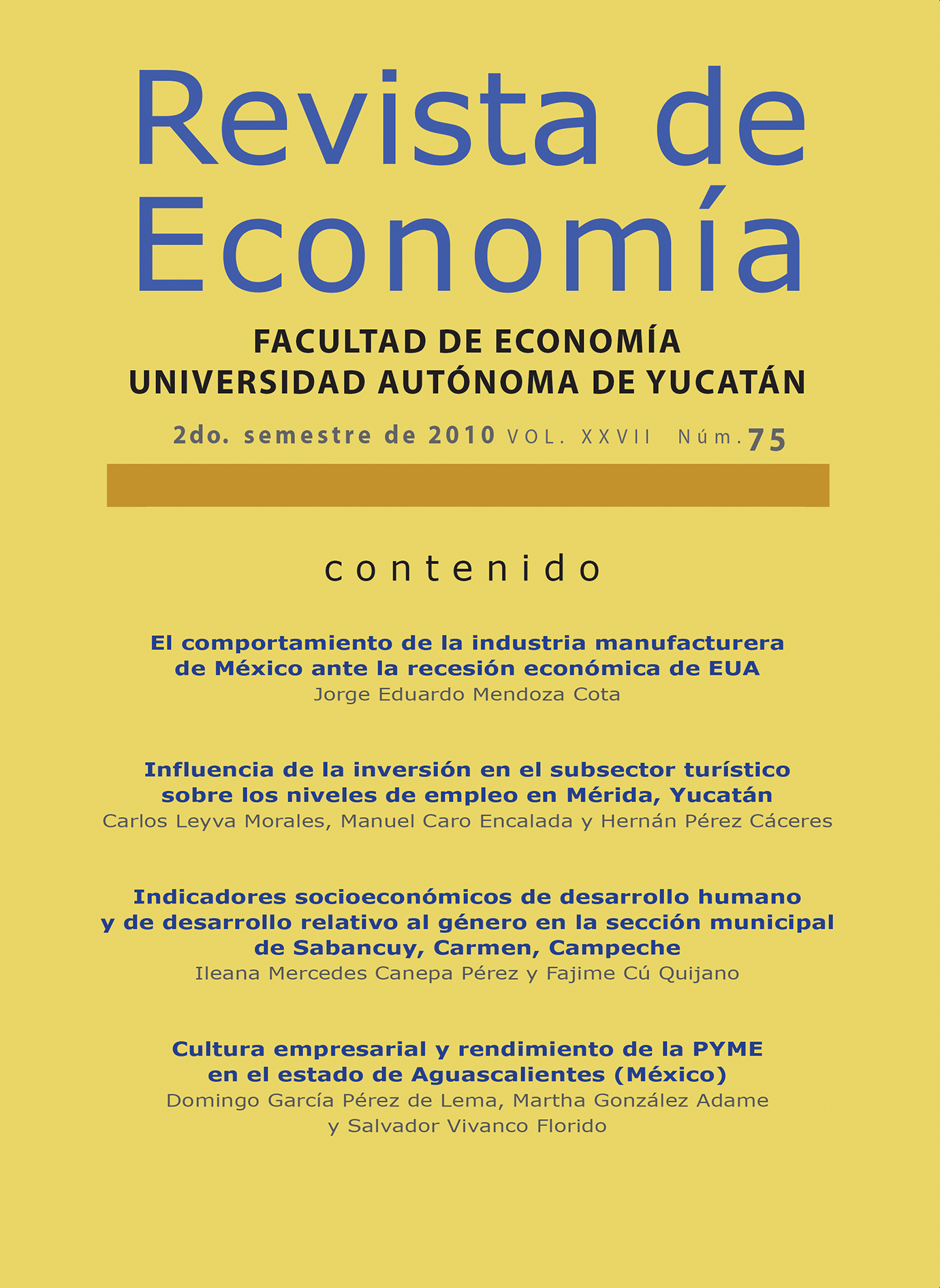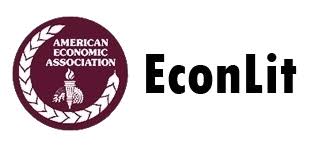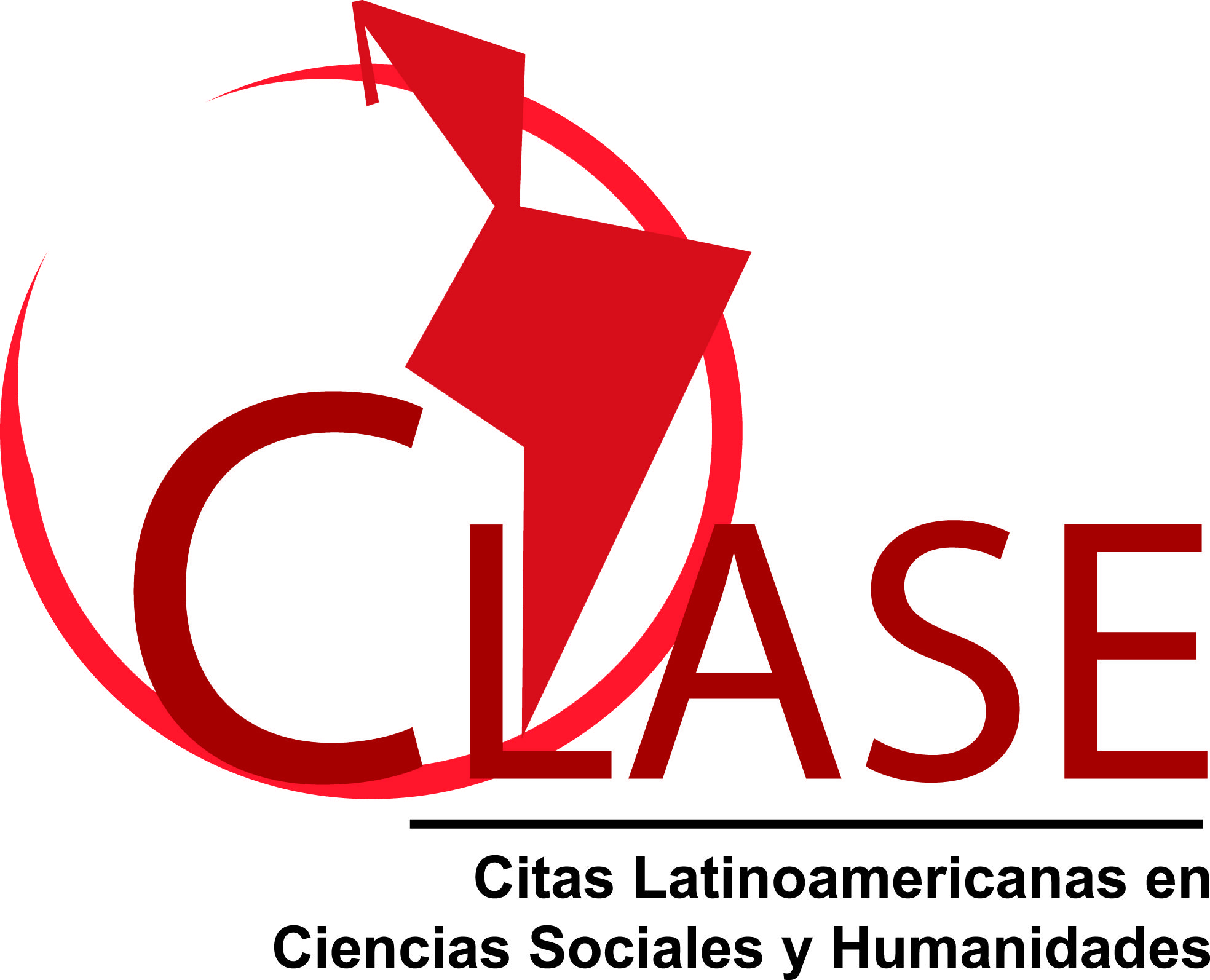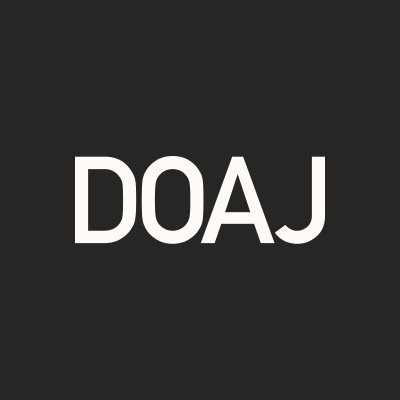Influence of investment in the tourism subsector on employment levels in Merida, Yucatan.
Abstract
The study seeks to determine the relationship between the generation of fixed and temporary jobs in the tourism sector in the city of Mérida, Yucatán, and private and public investment levels. Correlation analysis that assessed the relationship between the variables of interest, based on the development and implementation of an econometric model, confirming its validity by applying tests of significance of the correlation coefficient, the significance of the equation, the auto correlation of random perturbations, random perturbations homocedasticidad assumed and the collinearity model. The econometric relationship checking was based on the economic principles proposed by theories about investment, employment and tourism impact. It was confirmed that the independent variable in the model: investment, adequately explains to the dependent variable: employment, so the first part of the established assumptions, that fixed and temporary tourist in the city of Mérida, Yucatán sub-sector employment generation is limited due to low levels of public and private local tourist enterprises investment, is statistically validated; economic validation of this relationship was supported by the economic principles raised by Vellas (2004) that the occupancy rate is directly related to the profitability of tourist investment. While empirical evidence founded in the results of the study sustains that this is caused by the complicated opportunities in obtaining productive credit at preferential rates for investors in this sector in Merida, so the second part of the proposed working hypothesis is validated
Copyright (c) 2010 Revista de Economia

This work is licensed under a Creative Commons Attribution-NonCommercial-ShareAlike 4.0 International License.
D.R. © Revista de Economía
The conditions that are required when granting the attribution license called CC -BY-NC-SA are the following:
1. The Universidad Autónoma de Yucatán must be clearly identified as the owner of the copyright of the original publication.
2. The material may not be used for commercial purposes.
3. Any derivative work must be published and distributed under the same open access license as the original publication.











